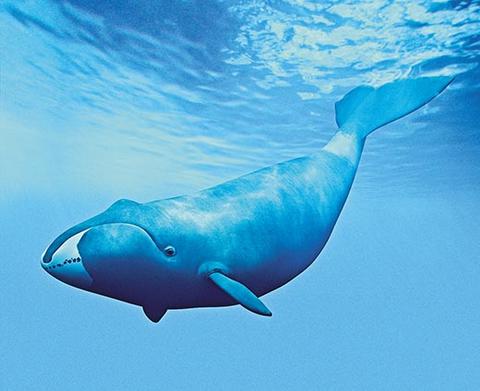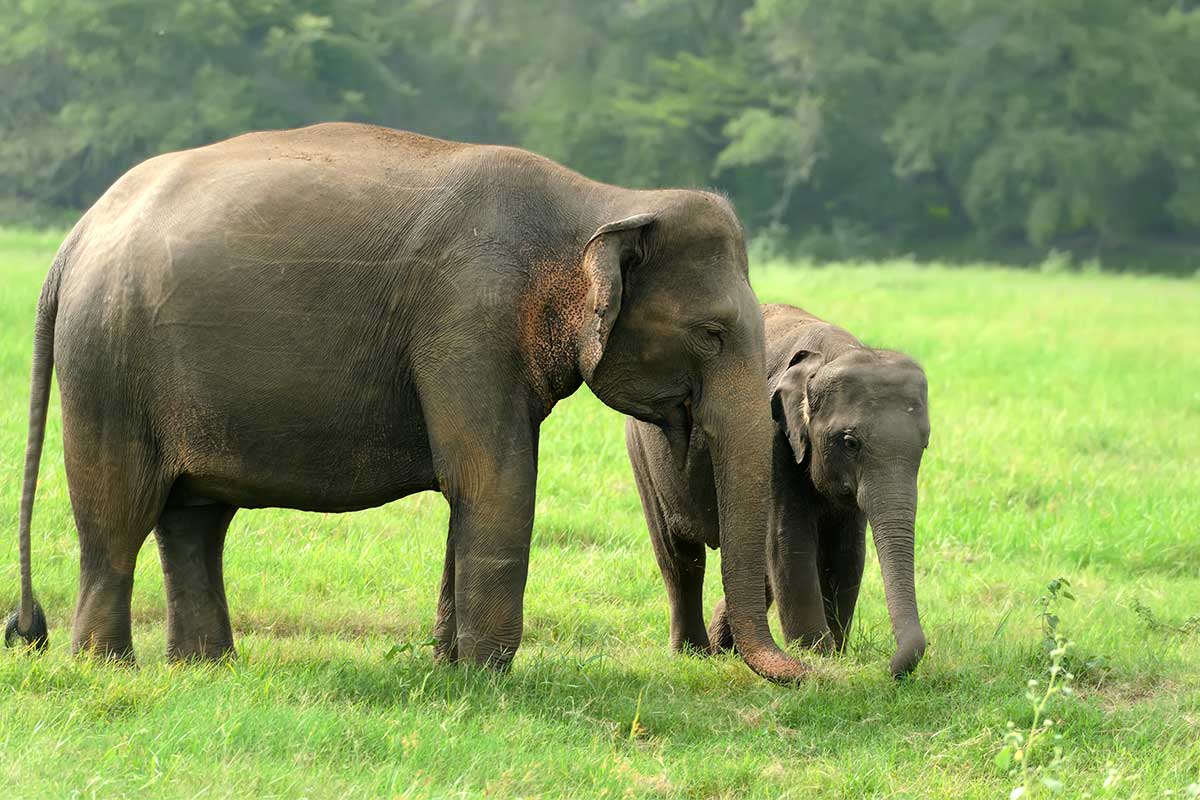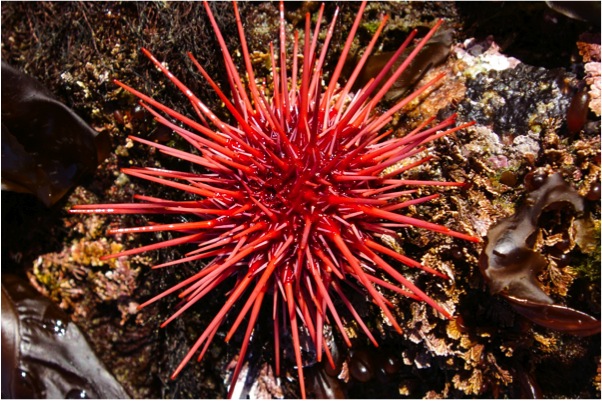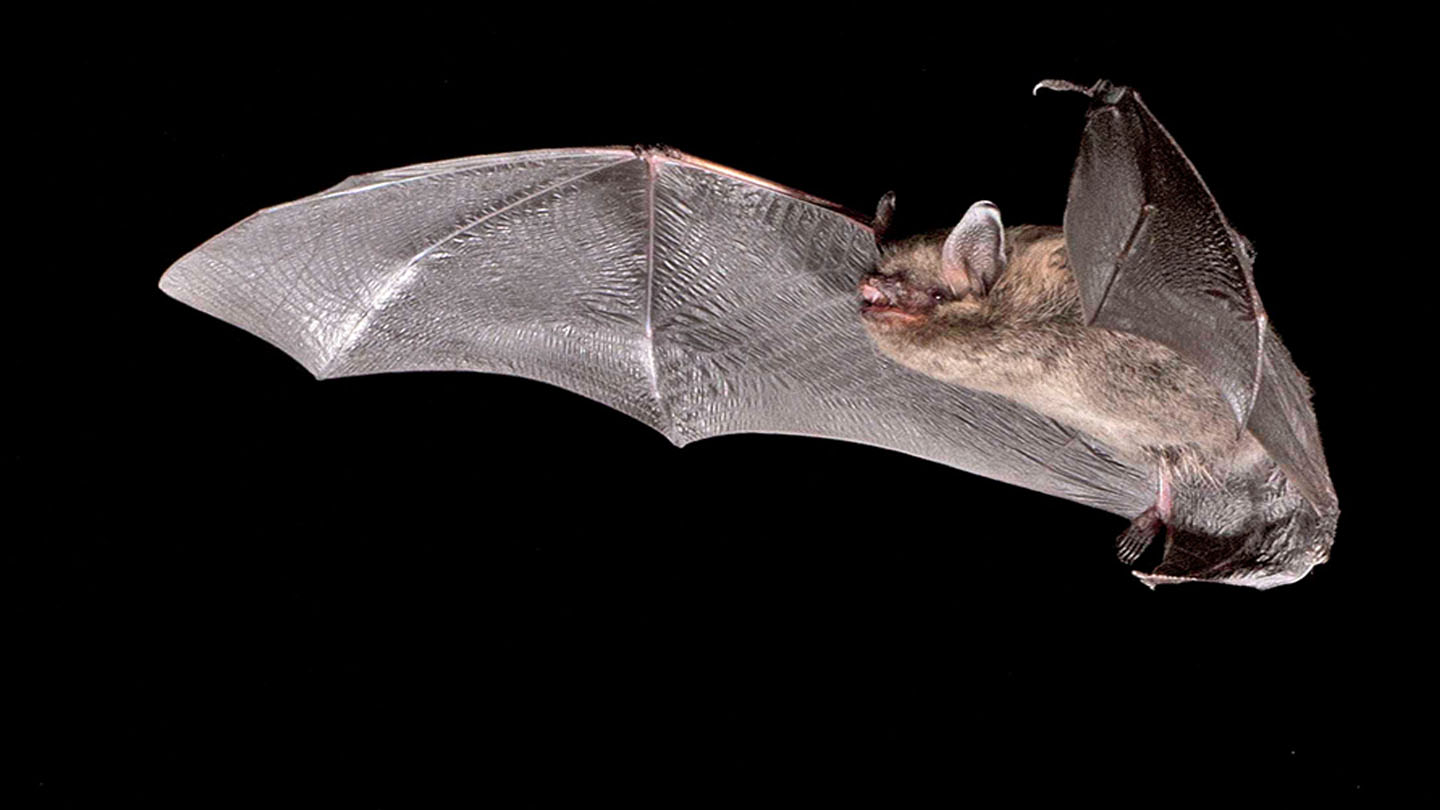Animals with the Longest Lifespans: Secrets to Their Longevity
Longevity in the animal kingdom is a fascinating topic, shedding light on the biological and environmental factors that contribute to extended lifespans.
Some animals live far beyond the typical lifespan of humans, providing unique insights into aging and survival.
This article delves into the secrets of some of the longest-living animals on Earth, exploring the factors that contribute to their remarkable longevity.
The Ocean's Methuselahs: Marine Animals with Extraordinary Lifespans
The ocean is home to some of the longest-living creatures on the planet. The vast and relatively stable marine environment, combined with certain physiological traits, contributes to their incredible longevity.
Greenland Shark (Somniosus microcephalus)
 The Greenland shark holds the record for the longest-living vertebrate, with lifespans estimated to exceed 400 years. These sharks grow very slowly, maturing at around 150 years old.
The Greenland shark holds the record for the longest-living vertebrate, with lifespans estimated to exceed 400 years. These sharks grow very slowly, maturing at around 150 years old.
Their longevity is attributed to their slow metabolism and cold-water habitat, which reduces cellular damage and metabolic stress. Learn more about the Greenland shark’s longevity here.
Ocean Quahog (Arctica islandica)
The ocean quahog, a type of clam, can live for over 500 years. One specimen, nicknamed "Ming," was found to be 507 years old.
The quahog’s secret to longevity lies in its low metabolic rate and the presence of protective proteins that repair DNA damage and prevent cellular senescence. Discover the science behind the ocean quahog’s lifespan here.
Bowhead Whale (Balaena mysticetus)
 Bowhead whales can live over 200 years, making them the longest-living mammals. Their longevity is thought to be due to genetic adaptations that provide enhanced DNA repair mechanisms and resistance to cancer.
Bowhead whales can live over 200 years, making them the longest-living mammals. Their longevity is thought to be due to genetic adaptations that provide enhanced DNA repair mechanisms and resistance to cancer.
Additionally, their slow metabolism and thick blubber layer protect them from the harsh Arctic environment. Read more about bowhead whale longevity here.
Terrestrial Giants: Land Animals with Remarkable Lifespans
While many long-lived species are found in the ocean, some land animals also boast impressive lifespans, thanks to unique biological traits and adaptations.
Aldabra Giant Tortoise (Aldabrachelys gigantea)
Aldabra giant tortoises can live for over 150 years. Their longevity is largely due to their slow metabolism, low calorie intake, and ability to enter a state of dormancy during periods of environmental stress.
The tortoises’ cellular mechanisms also exhibit high resistance to oxidative damage, which contributes to their long life. Explore the secrets of the Aldabra giant tortoise here.
Galápagos Tortoise (Chelonoidis nigra)
Similar to their Aldabra cousins, Galápagos tortoises can live well over 100 years. These tortoises benefit from a stable environment with few natural predators, slow metabolism, and an herbivorous diet rich in nutrients.
Their cells also show a remarkable ability to repair DNA and resist stress. Learn more about Galápagos tortoises here.
Asian Elephant (Elephas maximus)
 Asian elephants can live up to 70 years in the wild. Their longevity is supported by strong social structures, which reduce stress and enhance survival.
Asian elephants can live up to 70 years in the wild. Their longevity is supported by strong social structures, which reduce stress and enhance survival.
Elephants also possess robust immune systems and low metabolic rates, which contribute to their extended lifespans. Find out more about elephant longevity here.
Tiny Titans: Small Animals with Surprisingly Long Lives
Not all long-lived animals are large; some small species also defy typical lifespan expectations, revealing fascinating biological adaptations.
Red Sea Urchin (Strongylocentrotus franciscanus)
 The red sea urchin can live for more than 100 years. Its secret lies in its ability to regenerate damaged tissues and maintain cellular functions throughout its life.
The red sea urchin can live for more than 100 years. Its secret lies in its ability to regenerate damaged tissues and maintain cellular functions throughout its life.
The sea urchin's longevity is also linked to its low metabolic rate and resistance to environmental stressors. Learn more about the red sea urchin’s longevity here.
Brandt’s Bat (Myotis brandtii)
 Brandt’s bat, a small mammal found in Europe and Asia, can live over 40 years, which is extraordinary for its size.
Brandt’s bat, a small mammal found in Europe and Asia, can live over 40 years, which is extraordinary for its size.
This bat’s longevity is attributed to its ability to enter torpor, a state of reduced metabolic rate, which minimizes wear and tear on its body.
Additionally, it has high levels of antioxidant enzymes that protect against cellular damage. Discover more about Brandt’s bat here.
Naked Mole-Rat (Heterocephalus glaber)
 The naked mole-rat, a rodent native to East Africa, can live up to 30 years, far longer than other rodents of similar size.
The naked mole-rat, a rodent native to East Africa, can live up to 30 years, far longer than other rodents of similar size.
This species exhibits remarkable resistance to cancer and maintains stable cellular function and protein integrity throughout its life.
The mole-rat's unique social structure and low oxygen environment also contribute to its longevity. Read more about the naked mole-rat here.
Avian Longevity: Birds that Defy Age
Birds are another group of animals with notable longevity, often outliving many mammals of similar size due to their unique physiological characteristics.
Laysan Albatross (Phoebastria immutabilis)
The Laysan albatross is known for its impressive lifespan, often living over 60 years. These birds benefit from low predation rates, strong pair bonds, and efficient flight mechanics that reduce energy expenditure.
The albatross's ability to repair DNA and maintain cellular health also contributes to its longevity. Learn more about the Laysan albatross here.
Macaw (Ara spp.)

Macaws also possess robust immune systems that protect against diseases. Discover the secrets of macaw longevity here.
Common Raven (Corvus corax)
The common raven, a highly intelligent bird, can live up to 40 years. Ravens benefit from their adaptability to various environments, strong social structures, and problem-solving abilities that enhance survival.
Their high levels of antioxidants and efficient metabolism also contribute to their longevity. Read more about the common raven here.
Conclusion
The extraordinary lifespans of these animals offer valuable insights into the mechanisms of aging and longevity. From slow metabolisms and efficient DNA repair to unique social structures and environmental adaptations, these creatures reveal diverse strategies for extending life. Studying these animals not only enhances our understanding of biology but also holds potential implications for improving human health and longevity.
By exploring the secrets of these remarkable species, we can gain a deeper appreciation for the diversity of life and the intricate factors that contribute to longevity. As research continues, the knowledge gleaned from these long-lived animals may one day help us unlock new ways to enhance our own health and lifespan.




































